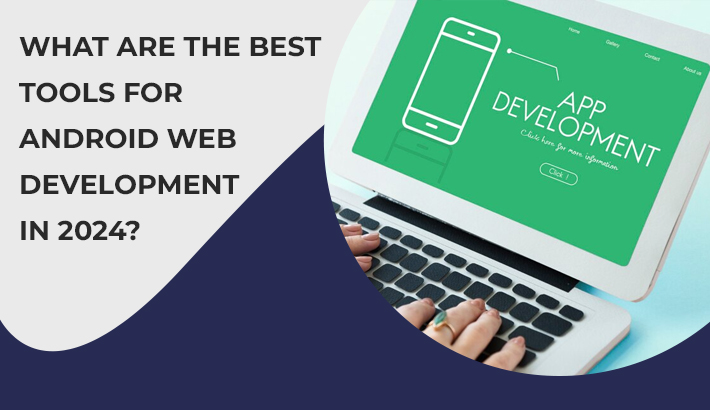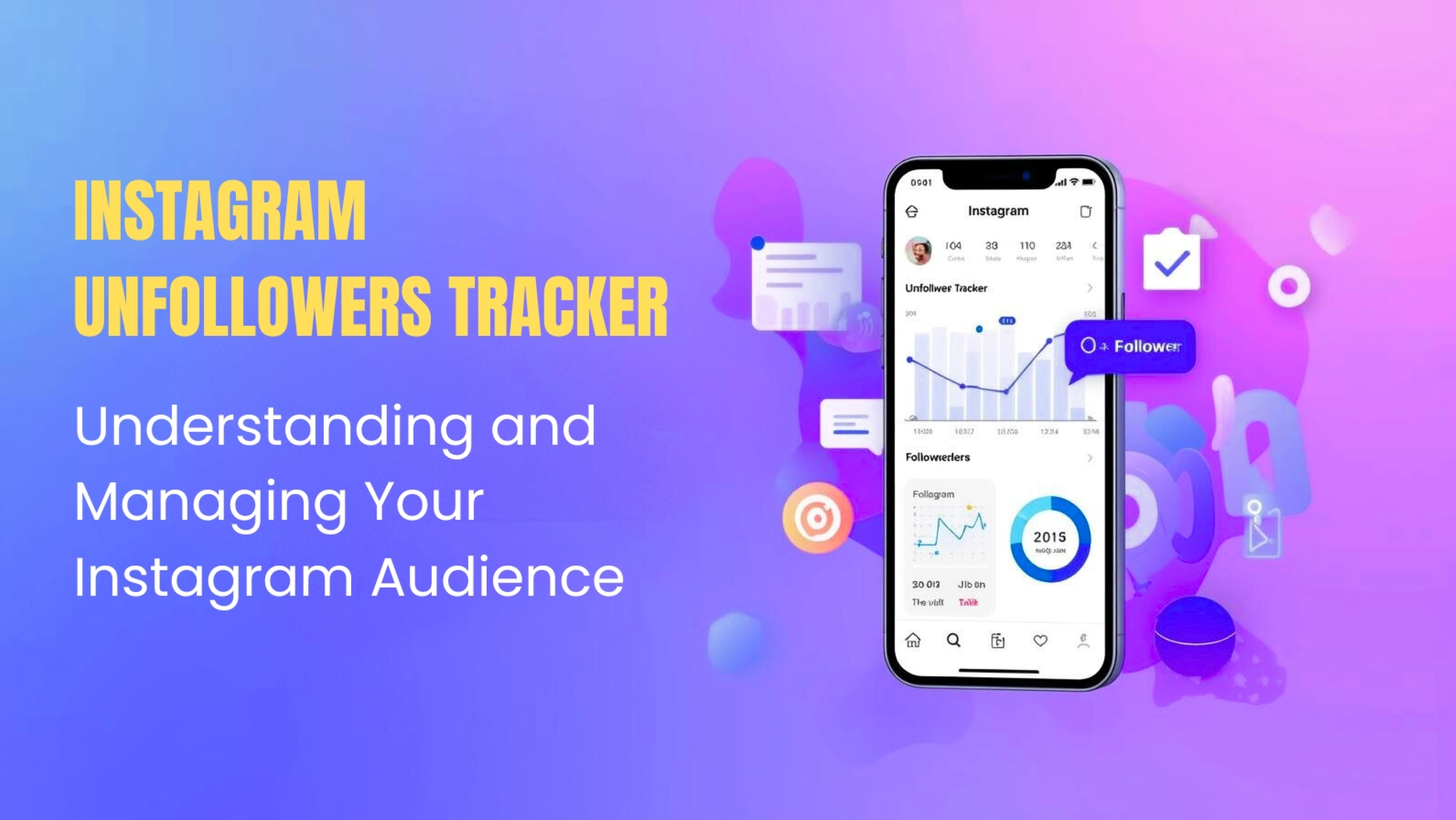Android holds a staggering 85% market share in the global mobile operating system landscape.
Like a Swiss Army knife for the digital realm, web development tools for Android are multifaceted, providing developers with the means to craft seamless user experiences.
To navigate the labyrinthine ecosystem of Android development, it's essential to arm oneself with 'sharper' tools—efficient, robust, and future-ready—that slice through the complexity, enhancing productivity and creativity.
Top Integrated Development Environments (IDEs)
In Android web development, the tools and environments that developers rely on are critical to the success of their projects. At the heart of this domain are powerful platforms that blend functionality with efficiency, enabling the creation, testing, and deployment of Android applications.
With each tool catering to different aspects of the development process, they collectively empower developers to push the boundaries of what's possible on Android, ensuring that innovation is only limited by imagination.
The insights and experiences shared by Android developers on DesignRush highlight the versatility of these IDEs and offer a glimpse into the future of Android development, where efficiency and creativity go hand in hand.
Android Studio
Android Studio is the quintessence of Android development, offering a seamless blend of efficiency and power. With every update, developers behold new functionalities that streamline their coding journey.
It embodies a comprehensive ecosystem for app development, from designing user interfaces to debugging and profiling apps. Its emulation capabilities are robust and a touchstone for accurate mobile device testing.
Harnessing IntelliJ IDEA’s solid foundations, Android Studio champions Android's latest features and best practices. This IDE matches your ambitions with tools tailored to spur innovation and elevate user experience.
Codeanywhere
Codeanywhere is a cloud-based development environment that transforms any device into a powerful coding station. It stands out for enabling developers to write, edit, and collaborate on their code from anywhere in the world.
Its support for a multitude of programming languages and frameworks makes it an indispensable tool for web developers, including those focusing on Android.
With its collaborative features, developers are not just coding but weaving their expertise with peers fluidly, ensuring a harmonized development process.
Visual Studio Code
Visual Studio Code (VS Code) is a premier code editor with an immense following among Android web developers.
Here's what makes it a favorite:
* Extensive Language Support: From JavaScript to Kotlin, it covers a wide range of programming languages.
* Powerful Extensions: Enhance its capabilities with plugins like Debugger for Chrome or the Android emulator.
* Intelligent Code Completion: Leverages IntelliSense for code suggestions that speed up development.
* Integrated Git Control: Simplifies version control workflows directly within the editor.
* Customizable Interface: Tailor your workspace with themes, settings, and keyboard shortcuts.
* Remote Development: Work on projects hosted on remote machines or in containers.
VS Code's adaptability continues to inspire innovation, making it a pivotal tool in an Android web developer's arsenal.
Essential Android Frameworks
In the dynamic sphere of Android web development, we find a toolkit that transforms the complexity of building cross-platform apps into a streamlined, enjoyable process.
Meanwhile, a powerful library emerges, offering a sophisticated approach to managing asynchronous tasks and data streams, making app development smoother and more efficient.
Together, these innovations redefine the development landscape, blending aesthetics with functionality for an unparalleled user experience.
Flutter
Flutter offers a seamless cross-platform development experience with high-performance app outcomes.
Here's why it's a compelling choice for Android web development:
1. Dart Language: A strongly typed programming language designed for building natively compiled applications.
2. Hot Reload: Enables developers to see the effects of their changes almost instantly, enhancing productivity.
3. Rich Widget Library: Comes with a comprehensive catalog of pre-designed widgets to accelerate UI development.
4. Single Codebase: Write once and deploy your applications on both Android and iOS with minimal platform-specific tweaks.
The framework's ability to deliver high-fidelity, captivating user interfaces, and robust performance makes Flutter an exceptional choice for crafting Android web applications.
RxJava
RxJava is a JVM-based library for composing asynchronous and event-based programs.
Leveraging the Observer pattern, RxJava allows developers to build scalable and responsive Android applications with ease. The library turns data streams into a first-class concept, offering operators that can manipulate those streams in complex ways.
It's well-suited for Android, given that mobile apps often deal with asynchronous operations, and reactive programming helps manage state changes predictably. RxJava introduces a vocabulary of functions that can filter, combine, transform, and react to data as it flows through the application.
Working with RxJava means embracing the functional reactive paradigm. The handling of concurrency and thread management is abstracted away.
Testing and Debugging Tools
In Android web development, two indispensable tools shape the journey from coding to deployment.
The first enhances debugging and performance testing directly within a browser, offering an intuitive interface for developers to fine-tune their applications in real time.
The second revolutionizes API testing, streamlining the creation, execution, and management of tests with its comprehensive suite of features. Together, they empower developers to craft seamless, robust web applications, ensuring a flawless user experience across devices and platforms.
As the complexity of web development grows, the role of virtual assistant companies becomes increasingly crucial. These companies provide support by managing routine tasks, allowing developers to focus on critical issues like debugging and user experience optimization.
Chrome DevTools
Chrome DevTools remains an indispensable ally for Android web developers. Its suite of utilities accelerates diagnostics and debugging directly within the Chrome browser.
Since its inception, Chrome DevTools has evolved, incorporating features like real-time DOM manipulation, JavaScript debugging, and performance profiling.
To augment the mobile web development experience, the tool's responsive design mode enables developers to mimic different screen sizes and resolutions.
Advanced features such as the Network panel facilitate the analysis of resource loading and the identification of bottlenecks. Throttling options simulate various network conditions, ensuring robust testing of web applications under different scenarios.
Postman for API Testing
It's more than just an API client; Postman has become a full-fledged development tool. They offer a comprehensive set of features for building, testing, and documenting APIs. These range from simple API calls to automated testing and collaborative features.
You can write tests in JavaScript, which adds flexibility. Importantly, you can create suites of tests that can be automated and run as part of your continuous integration pipeline.
The mock server simplifies client-side development. It responds with preset outcomes, allowing frontend developers to work in parallel with backend development. Plus, the mock server streamlines the process for testing edge cases and error handling without the need to set up an actual backend environment.
They let you switch contexts and test different scenarios efficiently. Customizable environments ensure that you can test APIs under varying conditions without manual reconfiguration, saving precious time.
Performance Optimization Tools
In the digital arena of Android web development, two pioneering tools redefine the essence of optimization and performance testing.
The first, an audit powerhouse, revolutionizes the way developers enhance web applications, offering predictive metrics and personalized optimization insights.
The second tool provides an in-depth analysis of web page speed and user experience, featuring customizable tests and detailed visual reports. These tools enable developers to proactively solve performance challenges and improve user experiences.
Lighthouse
Lighthouse stands as a beacon for web developers aiming to perfect their Android web projects. With its streamlined interface, it simplifies the complexity of web diagnostics. The tool has been meticulously refined to update its audit capabilities to reflect the evolving web standards of 2024.
Its accessibility has become even more user-friendly. The audits are fast and thorough, and they are able to dissect intricate web pages within minutes.
Further advances have positioned Lighthouse at the forefront of developer tooling. It now offers predictive performance metrics, pioneering a new approach to proactive optimization.
Lighthouse's automated audit system has become a critical ally in the developer's toolkit. It provides impeccable clarity on where and how improvements can be made — from the way resources load to the intricacies of user interaction patterns.
WebPageTest
WebPageTest stands as a pillar for performance testing, offering detailed insights on web page speed and user experience.
Here's a breakdown of its key functionalities:
1. Real-time Testing: Simulate performance across different browsers and devices.
2. Advanced Customization: Tailor tests with advanced scripting options.
3. Waterfall Charts: Visualize the load performance of each page element.
4. Private Instances: Set up personal instances for confidential testing.
5. API Access: Automate testing and integrate with continuous integration systems.
With its extensive analysis, WebPageTest empowers teams to prioritize and tackle bottlenecks effectively.
Security Tools
Android web development necessitates robust security measures. Developers leverage specialized tools to conduct comprehensive security audits and vulnerability scans throughout development.
Additionally, other tools enable developers to actively test the security of their applications, simulating real-world attacks. Developers can ensure their applications remain secure by integrating these tools into their development workflows, allowing them to continuously assess and fortify their applications in an ever-changing threat landscape.
OWASP ZAP
OWASP ZAP is a revered tool in the Android web development security arsenal. It provides an interactive platform for identifying vulnerabilities in web applications, serving as an essential aid in development and testing cycles.
The core of ZAP's functionality is its capacity to act as a man-in-the-middle proxy, allowing developers to inspect and modify traffic between their apps and the internet. This allows for an in-depth analysis of how data is transmitted and how endpoints handle requests.
ZAP is also versatile in simulating attacks on web applications to test their resilience against threats. Features like spidering and active scanning automate the hunt for security weaknesses.
Beyond its penetration testing prowess, ZAP fosters a community-centric development model. Regular updates provide new features and patches.
Choosing the Right Tools for Your Project
Selecting the right development tools is crucial for a successful Android web project.
Here's how to make informed choices:
* Prioritize needs: Choose tools that address your project's specific requirements, considering scalability, performance, front-end design, back-end interactions, and API management.
* Focus on workflow: Aim for a toolset that streamlines development by improving code quality, boosting productivity, and simplifying tasks.
* Ensure Security: Don't neglect security challenges. Integrate tools that safeguard your development process.
* Facilitate Testing: Select a toolset that incorporates efficient testing measures.
* Consider Deployment: Choose deployment mechanisms that align with your project's needs.
* Embrace Adaptability: Prioritize tools that can adapt and integrate seamlessly within your existing development environment.
* Align with Expertise: Select tools that complement your development team's skillset.
* Long-term Vision: Base tool choices on current trends, your project's roadmap, and future requirements.
Conclusion
The Android web development landscape thrives on the right tools. Since 2024, agility, robust security, and future-proofing have become key considerations.
Today's tools seamlessly blend intuitive design, powerful frameworks, and comprehensive APIs. They empower developers to tackle current needs and anticipate what's next. Modern options prioritize user-friendliness without sacrificing depth. From advanced IDEs to progressive web app frameworks, developers have a vast toolkit for building, testing, and deploying.
Choosing wisely transforms challenges into opportunities, and the right tools empower developers to excel and create transformative digital experiences.
















Post Comments